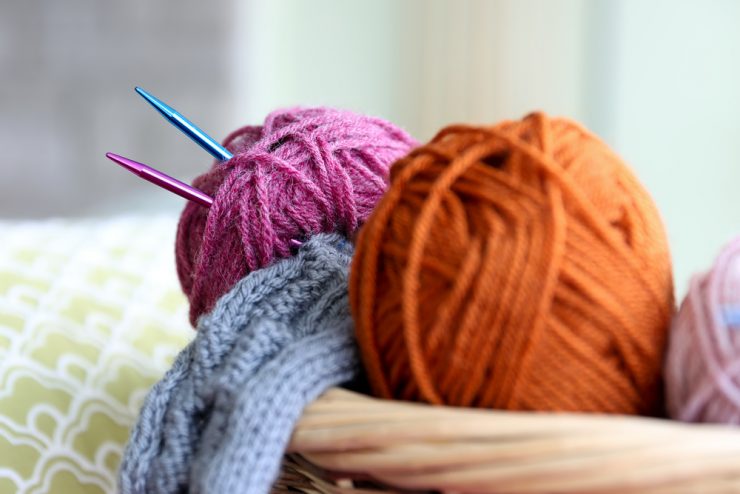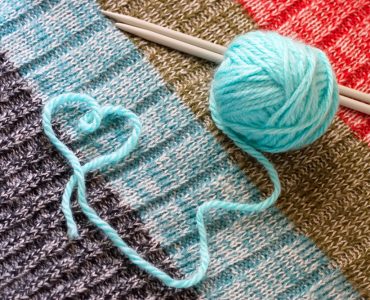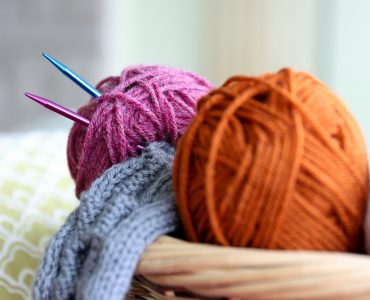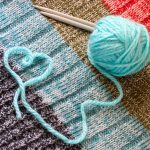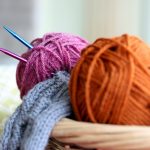Knitted fabrics are the third principal class of fabric, after woven and non-woven fabrics. Knitted fabrics are divided into two basic types: Weft-knit fabrics, like hand-knitted jumpers, and warp-knit fabrics, like tricot. Warp-knit fabrics are frequently used in lingerie. Weft-knit products have a drawback that runs when cut.
Compared with other classes, knitted fabrics are more elastic. Knitted fabrics can be stretched from 0 to 500%, based upon the material and knitting pattern. Knitted fabrics are more comfortable compared with woven fabrics, because even when wet, they stay warm. That is why they are used more often than woven fabrics. In addition, they are frequently made from wool. Wool is preferred because it is more elastic than some fibres and provides beautiful knits.
There are various styles of knitted fabrics, including boiled wool, double knits, bunting, four-way stretch knits, jersey, interlock knits, power net, Milanese, rib knits, Raschel knits, stable knits, single knits, stretch velour, stretch knits, sweatshirt knits, jumper knits, two-way stretch knits and tricot.
The history of knitwear began when Coco Chanel, a French fashion designer in the 20th century, used a jersey in her hugely influential suits that became a turning point for knitwear, and then became associated with liberated women. Subsequently, French fashion designer, Jean Patou’s cubist-inspired, colour black knits were the sportswear of choice.
In the 1980s, knitwear rose from the realm of sportswear to prevailing high fashion; notable designs included Ralph Lauren’s floor-length cashmere polo necks and Romeo Gigli’s “haute-bohemian cocoon coats.” Contemporary knitwear designers include James Perse and Diane von Furstenberg.


